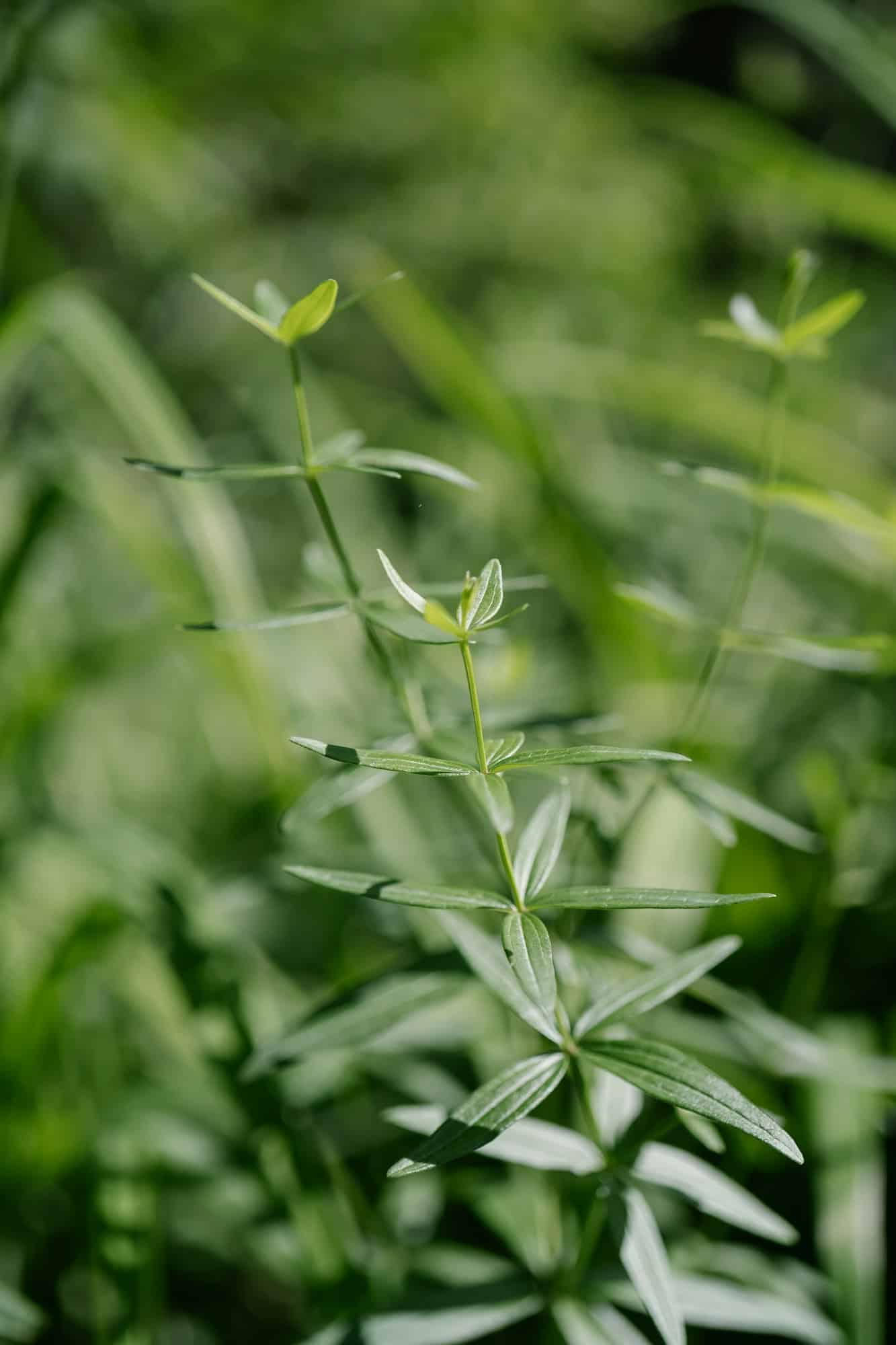There is no spectacle more breathtaking than witnessing the dancing colours of the Aurora Borealis light up the night sky. The northern lights, or Aurora Borealis as they are scientifically known, are a natural light display that captivate millions of people around the globe annually. Scotland, located in the northern reaches of the British Isles, offers a front-row seat to this celestial ballet during the winter months.
Whether you are a seasoned aurora hunter or a first-time sky gazer, Scotland’s diverse landscape provides the perfect backdrop for this enchanting spectacle. This article will serve as your guide to the best places and times to view the northern lights in Scotland.
A découvrir également : Which UK vineyards offer the most comprehensive tours for wine enthusiasts?
The Science Behind the Northern Lights
Before we delve into the best viewing spots, it’s important to understand what causes this unique atmospheric phenomenon. The northern lights are the result of collisions between electrically charged particles from the sun, which enter the Earth’s atmosphere. These particles are usually deflected by the Earth’s magnetic field, but the field is weaker at the poles, allowing some particles to enter the atmosphere.
The colors you see in the sky are determined by the type of gas particles being hit. Typically, green and pink are the most common hues, but blues, yellows, and even purples can appear. The strength of the solar winds and the altitude at which these collisions occur also play a part in determining the intensity and color of the lights.
En parallèle : What specific measures are Lake Windermere authorities taking to preserve water quality for tourists?
It’s worth noting that Aurora Borealis, or northern lights, occur in the northern hemisphere while their southern counterpart, the Aurora Australis, grace the southern skies.
Optimal Time to View the Northern Lights
Now that you’re familiar with the science behind this stunning phenomenon, let’s talk about timing. Astronomical darkness, clear skies, and solar activity are the three key elements required to see the northern lights.
Scotland’s winter months, typically from October to March, provide the longest hours of darkness, giving you the best chance of spotting the aurora. The northern lights are visible from dusk until dawn, but the optimal viewing time is usually around midnight.
Solar activity follows an 11-year cycle, and we’re currently in a period of increased activity, which means the lights will be more intense and frequent. However, solar activity can be unpredictable, so it’s always a good idea to check the aurora forecast before planning your trip.
Best Places to View the Northern Lights in Scotland
When it comes to finding the perfect viewing spot, Scotland’s north and western regions offer the best opportunities. These areas are further away from city lights, which can interfere with viewing conditions.
The Isle of Skye
Skye is known for its rugged landscape, ancient castles, and dramatic cliffs. It’s also one of the top places to see the northern lights in Scotland. The island’s remote location and minimal light pollution make it an ideal viewing spot. Popular locations on the island include The Quiraing and the Old Man of Storr.
The Shetland Islands
Situated further north than any other part of Scotland, the Shetland Islands offer some of the best chances to see the Aurora Borealis. The islands’ remote location and dark skies are perfect for capturing the lights in all their glory.
The Orkney Islands
The Orkney Islands are another excellent location for viewing the Northern Lights. With its rich history, stunning scenery, and dark skies, it’s no wonder people flock here for the spectacular light show.
Planning Your Northern Lights Trip
When planning your trip to Scotland to see the Northern Lights, there are a few things to keep in mind. First, the weather in Scotland can be unpredictable, especially in winter. Pack warm clothing and be prepared for possible changes in plans due to weather conditions.
Secondly, while the Northern Lights are a major draw, remember to explore other attractions and experiences Scotland has to offer. Whether it’s visiting a historic castle, exploring a whisky distillery, or hiking in the beautiful Highlands, Scotland offers something for everyone.
Lastly, while witnessing the Northern Lights is a truly magical experience, it’s important to remember that sightings are not guaranteed. Patience and persistence are key, so don’t be disheartened if you don’t see them on your first night. Good things come to those who wait.
The Outer Hebrides and the Cairngorms National Park
Venturing westward, the Outer Hebrides presents yet another fantastic location for catching a glimpse of the northern lights. The islands are an idyllic destination with their white sandy beaches, clear turquoise waters, and traditional Gaelic culture. However, during the winter months, these islands transform into a haven for aurora hunters. The lack of light pollution, combined with the expansive dark skies, offers viewers an uninterrupted and sweeping view of the Aurora Borealis. Notable spots on the islands include Lewis and Harris, known for their remote landscapes and panoramic views.
Heading back onto the mainland, the Cairngorms National Park in the heart of the Scottish Highlands is another prime location for seeing the northern lights. The park’s elevation and open spaces help to limit the impact of light pollution, providing excellent viewing conditions. The Park also boasts a dark sky discovery site at Glenlivet, offering an especially unobstructed view of the night sky. Remember to take along a hot flask of tea to keep warm, as temperatures can plummet in the park during the winter months.
Conclusion
In conclusion, Scotland is a prime location for witnessing the ethereal beauty of the Aurora Borealis. The best time to view the northern lights in Scotland is during the winter months, from October to March, when there’s maximum darkness and optimal solar activity. Prime viewing spots include the Isle of Skye, the Shetland and Orkney Islands, the Outer Hebrides, and the Cairngorms National Park.
However, when planning your trip, be prepared for Scotland’s unpredictable weather and always remember to check the aurora forecast. This is a spectacle that requires patience and persistence, but the reward of seeing the northern lights dance across the Scottish sky is well worth the wait.
Beyond the lights, Scotland offers a wealth of cultural and natural experiences. From exploring ancient castles to sampling world-class whisky, immersing yourself in the country’s rich history, and hiking through its stunning landscapes, your visit is sure to be memorable. Prepare for an adventure, bundle up, and head north to Scotland, where an extraordinary celestial spectacle awaits.











